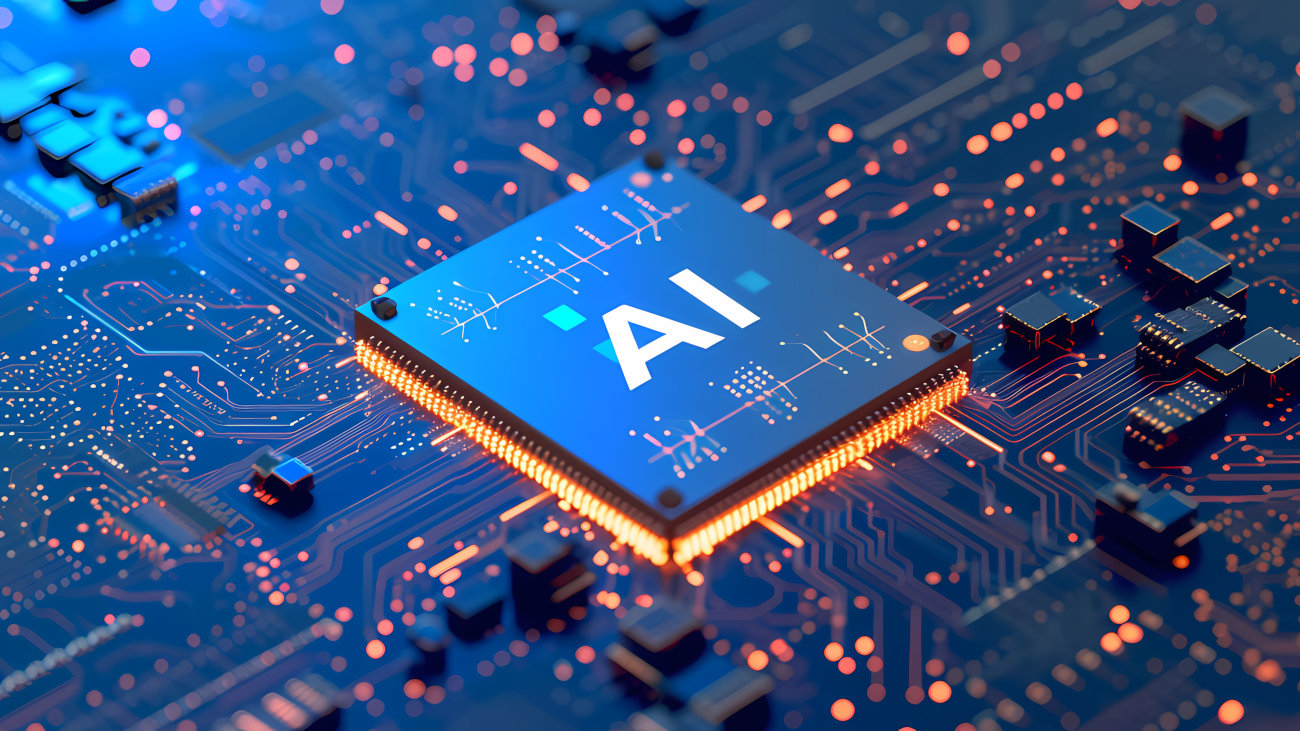Advancing AI in engineering: what the industry needs to know
Defining an AI strategy is key to understanding risk and opportunity
AI must be informed, directed and validated by people with expert insight
Our generative AI assistant, “EMMA”, is transforming global knowledge sharing
Robust data foundations, expert oversight and strong governance are key to unlocking the power of AI for the built environment says Nasrine Tomasi, head of AI and information management at Mott MacDonald.

AI is already reshaping the built environment, from machine learning solutions that predict asset performance and computer vision that improves safety, to route optimisation that reduces delays. Now, generative AI is raising the stakes, promising faster document workflows, accelerated software development and intelligent agents that handle routine tasks. This offers exciting opportunities for improving productivity but turning AI’s promise into real value must be built upon strong foundations of trusted data, a clear strategy and expert oversight.
Start with trusted data
Artificial intelligence is only as reliable as the data that feeds it. To realise benefits at scale, organisations must invest in disciplined data integration and transformation programmes ensuring data is current, consistent, connected and controlled. Ultimately, this requires the codification and organisation of data, which in practice starts with a robust extract, transform and load (ETL) approach - filtering, deduplicating, authenticating sources, and ensuring security classifications and regulatory requirements are applied. And that these are maintained over time.
These activities require substantial effort and form a key part of the digital journey that Mott MacDonald has been on for over ten years. Throughout the past 12 months continued development of our in-house assistant EMMA, powered by large language models (LLMs), has validated this investment.
EMMA, or “Every Mott MacDonald Answer” helps colleagues retrieve trusted knowledge quickly through conversational natural language search and interrogation. Mott MacDonald experience and expertise spanning decades, is now discoverable, supporting faster decisions, delivering sharper insights, and empowering our people to deliver better solutions for our clients and the communities we serve.

With EMMA, Mott MacDonald’s 20,000 employees can instantly access global expertise, connecting people, projects and insights at speed.
Place expertise at the core
Even with exemplary data, AI needs expert oversight. The greatest value comes when trusted information is interpreted by people with deep industry knowledge. Experts don’t just need to be in the loop, they should own the loop, framing the questions, interrogating AI outputs and deciding what is fit for purpose. AI scales judgement, it doesn’t replace it. Any organisation seeking to maximise the benefits of AI must be careful not to race so quickly toward automation that they remove the critical thinking required to deliver successful outcomes.
Expert oversight is also a risk control. Teams need a clear understanding of each AI tool’s capabilities and limits and, crucially, why it is being used. That intent should be set out within a clear AI strategy that defines when and how AI supports delivery, the roles responsible for review and the guardrails that apply. At Mott MacDonald we see AI at the intersection of business value, governance and technology, with human expertise guiding the workflow, not the other way around.
Bring engineering discipline to AI risk
The next critical area for organisations to focus on is the proportional management of risk. Without this none of the opportunities of AI can be realised. Fortunately, risk is something that engineers deal with very well. Designing, constructing and managing critical infrastructure demands strong risk assessment processes.
Forming a key part of our approach to responsible AI, one of the first actions we took in AI implementation was setting up a governance framework to enable the safe and secure application of AI tools. Within this is a consolidated risk assessment which includes evaluation of threats to privacy and cyber security. All AI use cases go through this framework including those we are working with trusted suppliers on, so that the organisations and tools that we engage with are carefully vetted and assessed.
Today we’re progressing over 300 AI solutions, from tools that will accelerate data analysis and forecasting to enhancing design visualisation. This is putting our responsible AI principles into practice, shaping AI to deliver better outcomes for our clients.
Opportunities with AI exist throughout the project lifecycle from acceleration of planning related activities to optimised construction and more efficient maintenance. Crucially it can empower infrastructure owners to make the most of the assets that they already have. Discovering the industry-wide opportunities for AI and responsibly deploying solutions is a challenge to be tackled together.
We are in an era of infrastructure expansion constrained by a shortage of skilled engineering and project professionals. Improving productivity and empowering people to do more with new tools and new ways to deliver is the only answer. At a personal level most people have already discovered this as AI gives us the information and services that we need when we need them. It is only a matter of time before workplaces are empowered in the same way.
Lay the foundations, then deliver
Looking ahead organisations must be responsive to this fast-moving technology without rushing through the processes that are needed to ensure safe, secure and successful implementation. Harnessing AI for infrastructure requires investment in strong and stable foundations starting with the quality and agility of data, a clearly defined AI strategy and expert oversight. These pillars must be underpinned by strong governance that enables organisations to manage and mitigate risk, as well as use AI responsibly. From this, they can capitalise on the exciting array of AI opportunities that are emerging.
The value of AI isn’t in the technology itself, but in how intelligently and responsibly it’s applied and adopted to deliver better client outcomes. It is a journey that we are all on together, underpinned by the belief that engineering excellence is driven by people, augmented by technology.
- Read our six recommendations for strong governance
- Explore our use of responsible AI in New Zealand, supporting Auckland Council to manage water infrastructure using machine learning
- Learn more about how AI can unlock sustainable growth in Southeast Asia
Subscribe for exclusive updates
Receive our expert insights on issues that transform business, increase sustainability and improve lives.



